A Concise Repertory Of Homeopathic Medicines
| Author: |
S R PHATAK |
| ISBN: | 9788131902004 |
| Imprint: | B.Jain Regular |
462
Paperback
English
An ideal repertory for the beginners and for those who believe in artistic prescribing. It is an attempt to lessen the difficulties of the prescriber.
Why to use this repertory?
• It is the simplest and handy repertory in alphabetical order. Also used as a reference book. ...Read More
An ideal repertory for the beginners and for those who believe in artistic prescribing. It is an attempt to lessen the difficulties of the prescriber.
Why to use this repertory?
• It is the simplest and handy repertory in alphabetical order. Also used as a reference book.
• Students can use for the first case they wish to prescribe for.
• Remedies for a particular rubric are reduced to minimum possible by careful selection which makes the drug selection easier, simpler and efficient.
• Contains pathological entities and rubrics even missed in the Kent’s repertory.
Based on: It is an alphabetized re-working of Boger and Boenninghausen. The repertory is primarily based on the BOGER’S SYNOPTIC KEY and functions on the same philosophy.
Editions:
- 1st edition: 1963
- 2nd edition: 1977
- 3rd edition: 2000
- 4th revised edition: 2005
Gradations:
- 1st grade – CAPITAL
- 2nd grade – italics
- 3rd grade – roman
PLAN OF CONSTRUCTION
- The repertory is printed in 2 columns in each page. All the headings are arranged alphabetically. Repertory begins with Abdomen, affections in general & ends in Zygomae.
- Number of main rubrics is 1971
- Number of medicines- 393
- Unique feature- another feature is the inclusion of Indian food items, thus one can identify with the picture presented by the patient in a more refined manner.
- Dr Phatak has confirmed, tested and clinically proven each and every rubric and remedy before including it to his repertory. Thus the inclusion has either come from his own case experiences and clinical observation or if it has been strongly justified by masters like Kent, Boger or Clarke. Thus it is a time-tested repertory.
- Dr Phatak stressed on giving importance first to the modalities – in that too the causative modalities, followed by the time modalities and later the postural ones. Further, his repertory has followed the concept of ‘generalization’ and thus if you can’t find a symptom at the ‘particular’ level, you can generalize it to find a suitable remedy.
FEATURES:
- General modality represented in capitals AGG. or AMEL. And modality related to a particular part is represented by small letters Agg. or Amel.
- Desires and Cravings are two separate rubrics in this repertory.
- Under Desires, we find all mental rubrics.
- Under Craving- rubrics related to food and drinks
- Aversion- both mental and food aversions are given
- Cross references are given wherever necessary in order to find the appropriate rubric. This is given after the word “see’’ in brackets immediately after the remedy.
- Causations are given under aggravations
This repertory cannot take place of exhaustive repertories of Kent, Boenninghausen and others but it is aimed at reducing the burden of the prescriber, in every sense of the word.
Searching Tags: A Concise Repertory of Homeopathic Medicines by S.R. Phatak - Concise repertory book by Phatak, Phatak’s repertory book, repertory book by Phatak, alphabetical repertory book, alphabetical repertory book by Phatak.
| Pages | 462 |
|---|---|
| Format | Paperback |
| Imprint | B.Jain Regular |
| Language | English |
Add a Review
Your email address will not be published. Required fields are marked *
S R PHATAK
Dr. S.R. Phatak, a master prescriber in the field of homeopathy, has contributed immensely to the homeopathic literature. His books are available in three languages—English, Hindi and Marathi. His book 'Materia Medica' is very popular both amongst the students and practitioners. His books give us an insight into the philosophy and practice of this remarkable homeopath. His literature is enriched with his own accurate clinical observations and experiences.
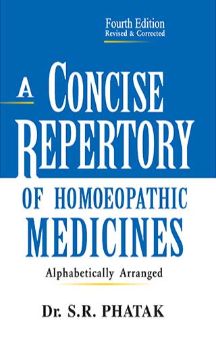
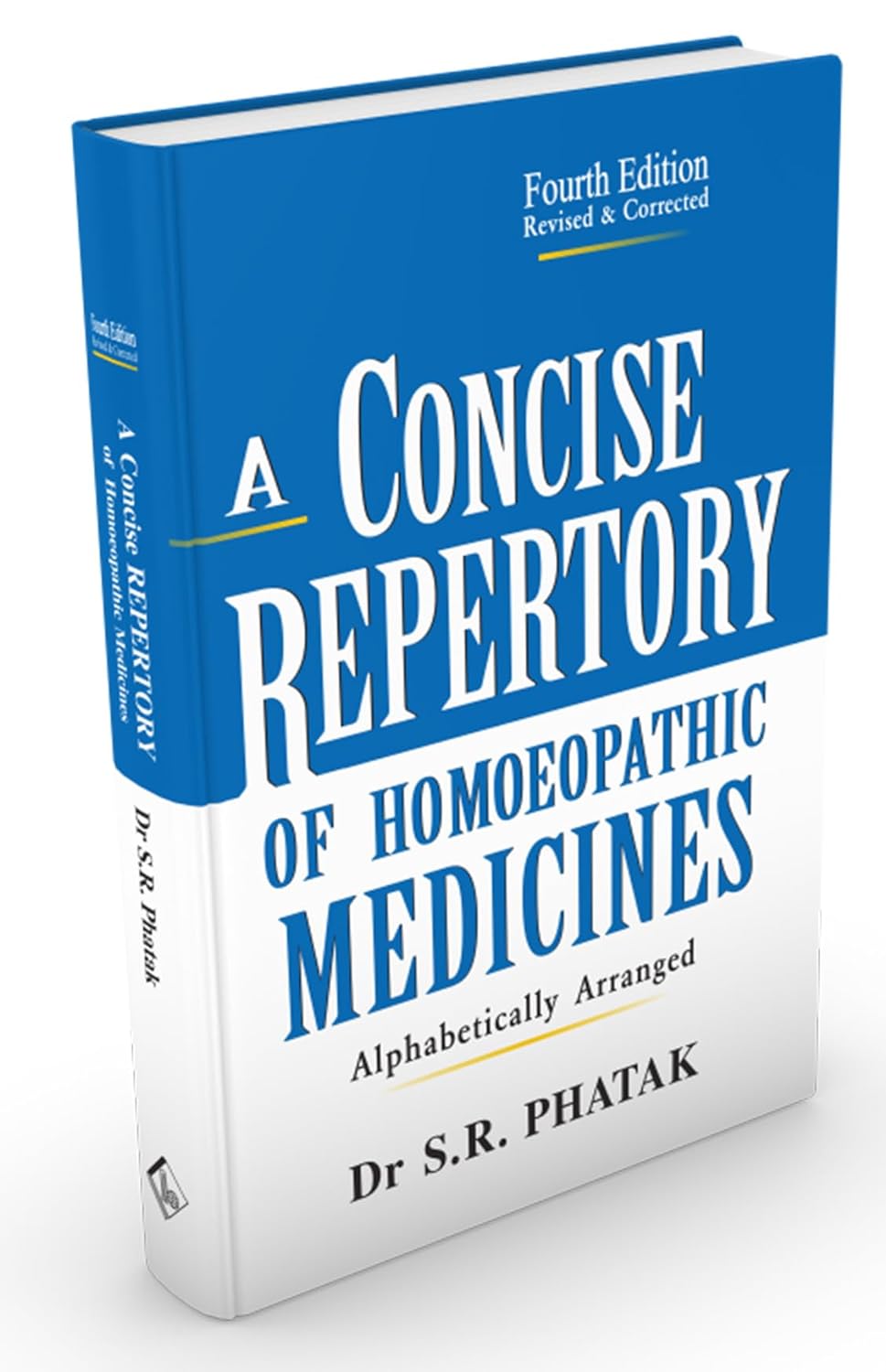
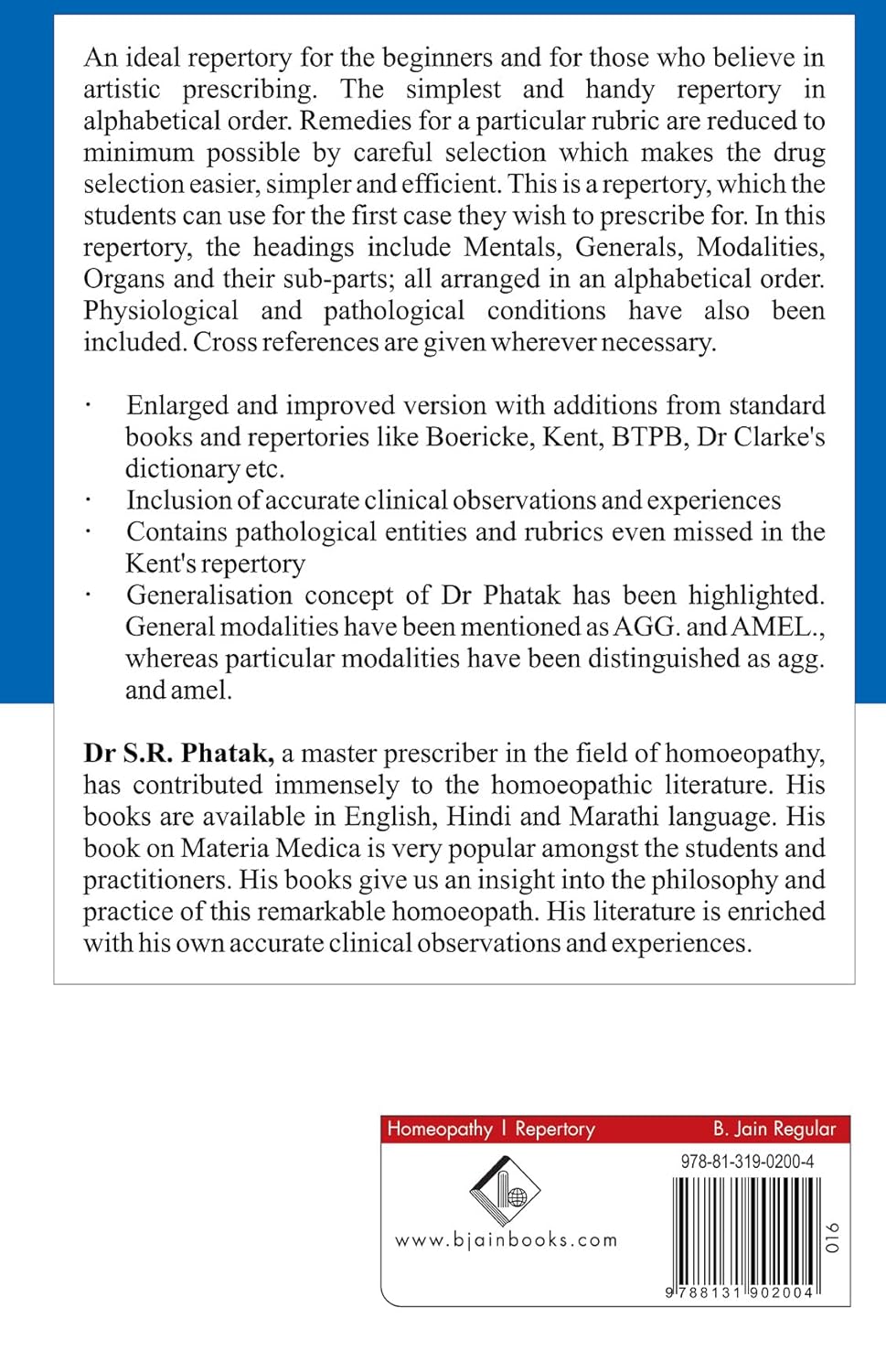
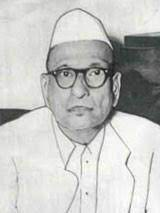
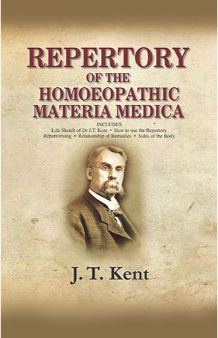
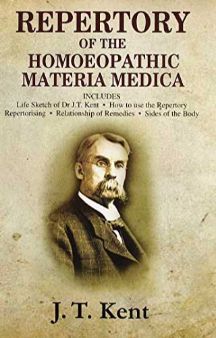
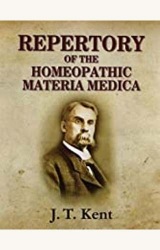
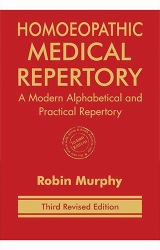
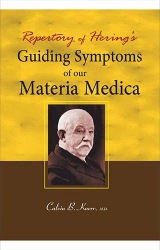
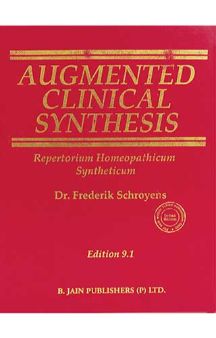
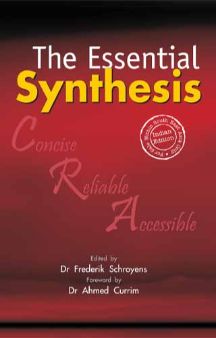
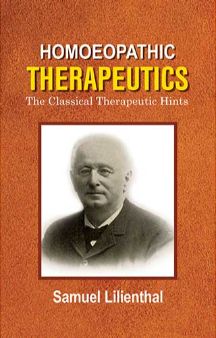
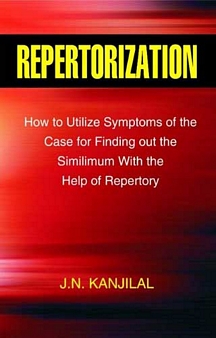
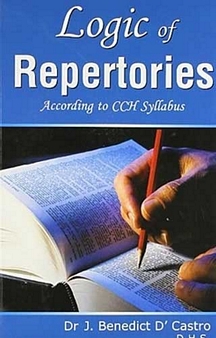
RUTVI RAVAL
A Concise Repertory Of Homoeopathic Medicines By Dr S.R.Phatak- A Perfect Guide which can help us to select suitable medicine. It's a fantastic Repertory arranged alphabetically and with sufficient rubrics....Ideal Repertory for beginners..
Dr Anum Zaheer
To Know More About the Book Please Watch this Video: https://www.youtube.com/watch?v=Varu1YLORRY&list=PLVINKiqDwyQXePuFR7qmMO6oJiHFBl4Ti&index=6